|
I remember going round the tate a couple of years ago and seeing the model for the proposed extension. I thought it looked rubbish, and during construction I did not like the latticed brickwork that clads the exterior. Once it was finished though I did like it. Particularly viewed from the embankment it looks like an enormous cruise liner with the new extension, Switch House, forming the funnel. The old building has been renamed Boiler house by the way. I still remember when the tate modern first opened and a very excited Michael Palin did a piece to camera as multicoloured lights played on the museum behind. In this blog I will take you on a brief photo tour of the new extension. It is arranged over 11 floors, of which 3 are currently either out of bounds (like 7) or not yet completed (like 5). It is a tapered structure so the floors get bigger as you descend. The top floor is a viewing gallery, allowing you panoramic views of London. Such viewing platforms are very popular, with me as much as anyone else. This one more rarely gives you a view of South London (not shown) and the Kentish hills that mark the boundary and beyond which you cannot go without special permission lest you buy a landrover and not return. The inside is made slightly cathedral like by the light streaming through the lattice brick work and is all brushed concrete and shiny black surfaces and wooden floors. It is a theme that is repeated. The next few floors are not very interesting (some of them might become so). On the ninth floor you have the restaurant which is nice and bright and with good views but has a slightly canteeny feel due to the wooden floors and furniture. On the eight floor you have the members room which is exactly the same only slightly bigger and with the sense of smugness that restricted entry always provides. The 7th floor is staff only and presumably strange and mysterious things happen beyond those opaque doors. The corridors are pleasant to move through though. Cool and airey and with a muffled acoustic which gives a very calming feel to the place. This persists throughout making Switch House an attractive place to visit. 6th Floor is events and is not yet completed. 5th floor may one day be interesting, it is something called Tate Exchange where basically an interactive/collaborative arty stuff will happen. Up until now the stairways have been enclosed but as you descend to the fourth floor they open up and you can see the floors below. The floor to ceiling windows that exist in Boiler house are echoed here. The ceilings are high and again you have a cathedral like feel. The fourth floor is, currently where the art begins. It is also one of the junctures where the Switch house connects with Boiler house by means of a newly constructed bridge that takes you across the upper reaches of the turbine hall. This was a smart move as it give you an extra perspective of installations there. The hallways are wide and the whole architecture and layout of the place makes it very easy to flow round through the exhibits. One of the other things that is happening in Switch house that I approve of is that most of the space has been given over to women. The explicit purpose of this is an attempt to redress the imbalance in art of the display of mostly male artist. The pieces are all quite modern. Not everything was to my taste but somethings really were such as the metal structures, particularly the spider by Louise Bourgeois. Crossing the corridor again you encounter the room portrayed bottom right. I am a sucker for cartographic art and so the large map on the floor that you are allowed to wonder across hooked me instantly. Also can you see the yellow city sculpture in the far right corner. Well closer examination is rewarded. It is not sand. Go and see it for yourself because this is an exhibit where simply viewing is not enough. Third floor now. The floors are getting larger and there is more art. A wide stair way takes you into an inviting space and you are immediately drawn towards the generous doorway on your left. The place has a similar feel, on a larger scale, to the new Foyles site on Charring Cross Road, an analogy that only works of course if you have been there. The first installation shown (top right of the photos below) is on the themes of zoos and display. I foolishly did not make a name of the artist which was a great mistake. I am a big fan of humour in art and for reasons that would entirely spoil it if I were to say them here is very funny. You then go through a couple of rooms of tedious video art on small screens and worthy writing before encountering these rather fine large metal sculptures (middle left) Many galleries are tedious for children. The Tate Modern is slightly more bearable I think but infinitely more so now. There is a room containing the fine work of Meschac Gaba who juxtaposes money from various different places with lumps of gold. As you can see there are also blocks for children to play with (or invited to make their own art as the labeling protests, frankly I don't see there are being a difference). On down to the second floor, past the mysterious banks of computers. This time you are invited to go straight on, on towards the light. There are many good things on this floor. You are swept round to your left into a large room divided into two. On the way in, just to your left is projected video art. 98% of video art is tedious self indulgent tosh, neither interesting in subject or in presentation. This piece by Joan Jonas called Song Delay (there is no photo as photos of video art are pretty pointless, is actually good. Well shot with some interesting, arresting and also genuinely funny moments. I am always impressed by people who pull of a medium I basically consider to be trash. Into the main room itself. The theme is sort of art/architecture. A couple of pieces had made it here from the old display in Boiler house such as the metal boxes with blue perspex interiors (in a ladder formation against the wall in the top left photo below) and the lump of molten lead which is an old favourite of mine (in the corner middle right). There were three pieces in these rooms that really stood out. One was a series of perspex/acrylic rectangles arranged on the floor, by the Rachael Whiteread. The second was this perspex luminescent cube that looked like ice melting. Both of these had a frustrating tactile appeal which goes unfulfilled and a sort of deep glowing quality to them. The third is completely different. It is basically a bubble machine, the bubble rising slowly up a column and then dripping down the outside. The room is large, quiet and well lit, both by the overhead lighting and the windows. Turning left out the end of this room there is a smaller almost corridor, currently containing a number of caged beds in which you are invited to lie. I am far to british and selfconcious to do so. Around the corner is a board for leaving feedback. Children make excellent critics and it would seem the beds are a hit. I bought some coffee. This was a mistake, the coffee at the Tate modern is terrible. On down to the first floor which is the entrance, connection to Boiler House and a large shop. All very tasteful. Moved on swiftly to floor 0. This floor has a crypt like feel. There are no windows and the concrete is presented differently, harsher, more rugged. There is a large semi-circular room at the end in which performances can be given (there is a sound booth). The most interesting display was a variety of strange instruments which were occasionally played by ingenious mechanical devices. In a side room there was some pornographic video art, needless and tideous and past this an interesting display, an entirely blue corridor where the art is made by your shadows. The photos came out poorly so I have excluded it. The new building is then, mainly installations. There is little painting (and it is not very good). A lot of what is shown is a bit, challenging I believe is the polite description and even the things I like set out above may well not be to everybody's taste. It is though a wonderful space and personally I think has some good things in it.
I do have one criticism. One of my and many other people's bug bears is that the Tate and other museums have a large body of work that we never see, it being in storage. What disappointed me on going back into boiler house was the realisation that they had two paying exhibitions (rather than the usual 2 or 1) and so the amount of work released from the storage is not all that it might be. I have yet to go around the re-hung sections of Boiler house and will post on this when I do. I fully acknowledge that such an extension as Switch house is mind numbingly expensive and additional exhibitions are one of the ways the cost can be recouped. I think then these are minor criticisms and for me at any rate, the new building is a success.
0 Comments
This is the last of my posts on the summer exhibition at the Royal Academy. If your interested in going to see it, and it is worth seeing, then it is on until 21st August. I haven't been back since my first visit, there are too many other interesting shows to go to, but I imagine everything else has sold. One of the things that interest me about it though is the way art work attracts you are attention. The are some pieces that stand out as you enter the room but then disappoint on further inspection such as Paul Fernaux's Burnt Orange Earth (below) which has good shape and colour but as you get closer reveals itself to be a bit insipid and flat. Then there are the tiny pieces that you could easily walk past but once you see them, your curiosity is intrigued and you want to see what it is and several of them like Laura Hudson's Sleepwalker (below) greatly reward this effort. Not surprisingly all such pieces have sold being good, relatively cheap and of course easy to accommodate . I like the granular texture she has used for the foreground and the ghostly effect of the figure. Somehow it is slightly disturbing. I shall comment on a couple more and then present the rest.
There are many others that caught my eye for various reasons, either through excellence of execution or subject matter, frequently for both and sometimes for reasons that I am not entirely sure of. It would take to long to dissect them all and after all there is only so long one can write about one exhibition so I present the rest of my favourites to you here: |
Archives
June 2024
Categories |

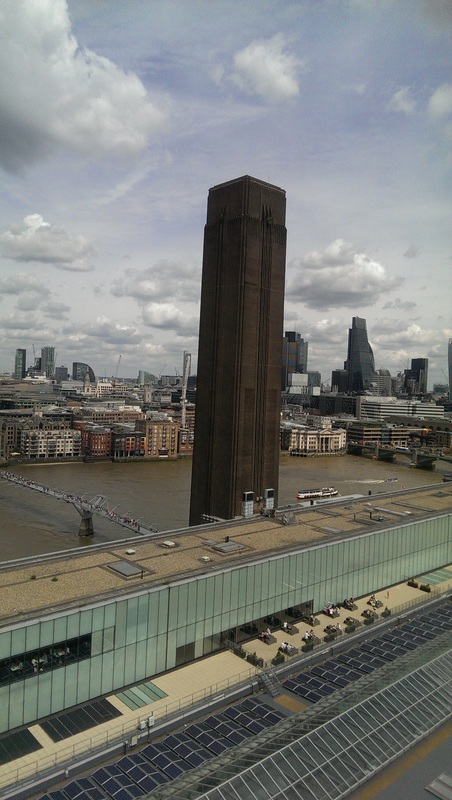
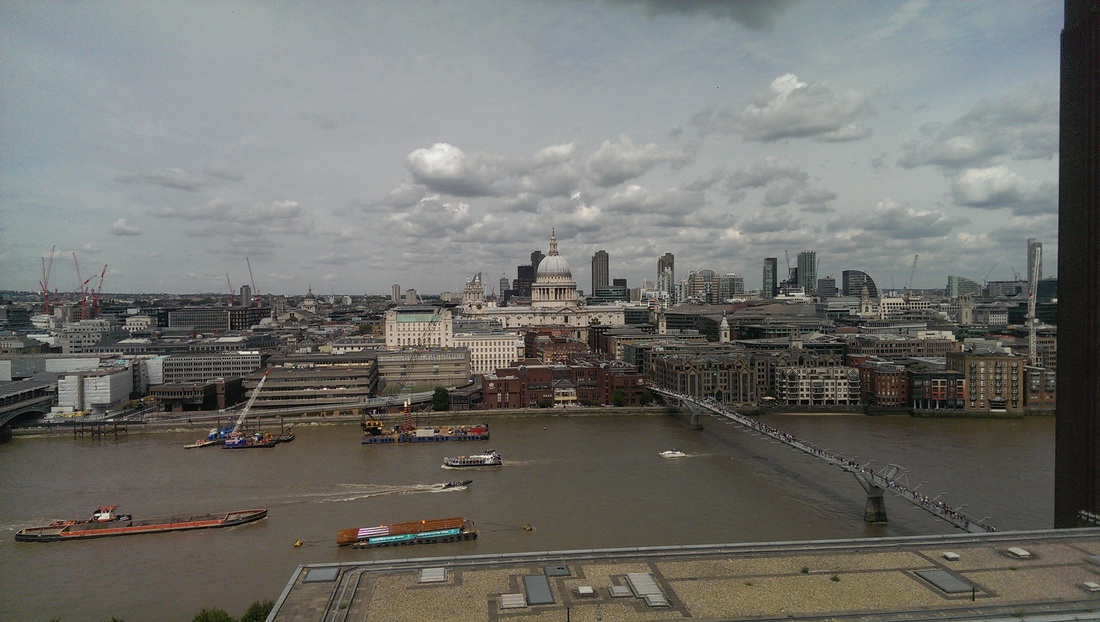

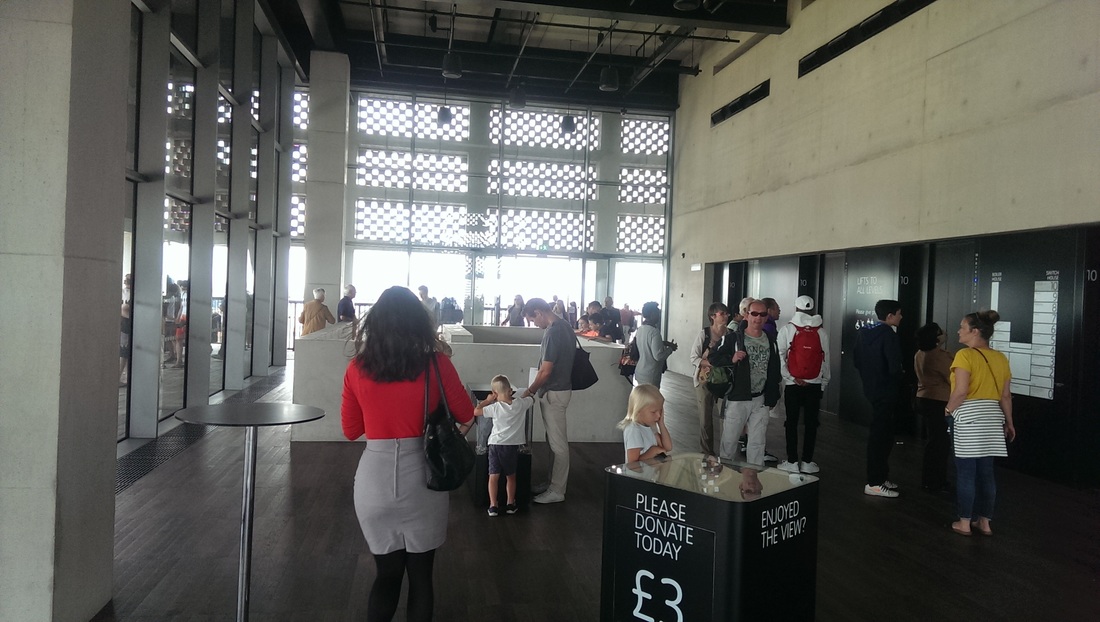
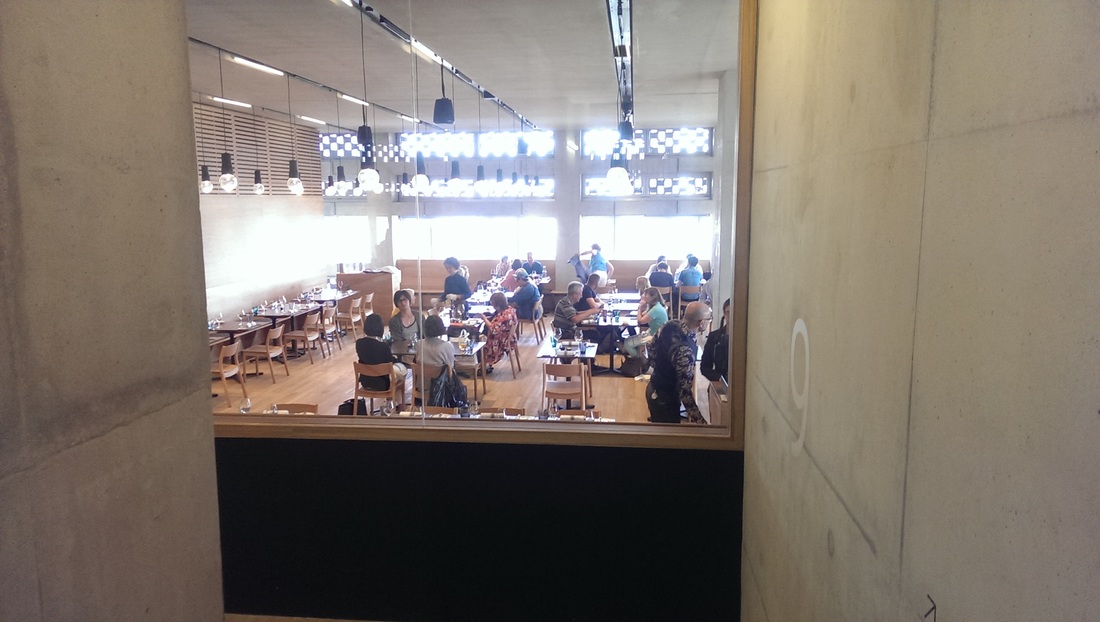


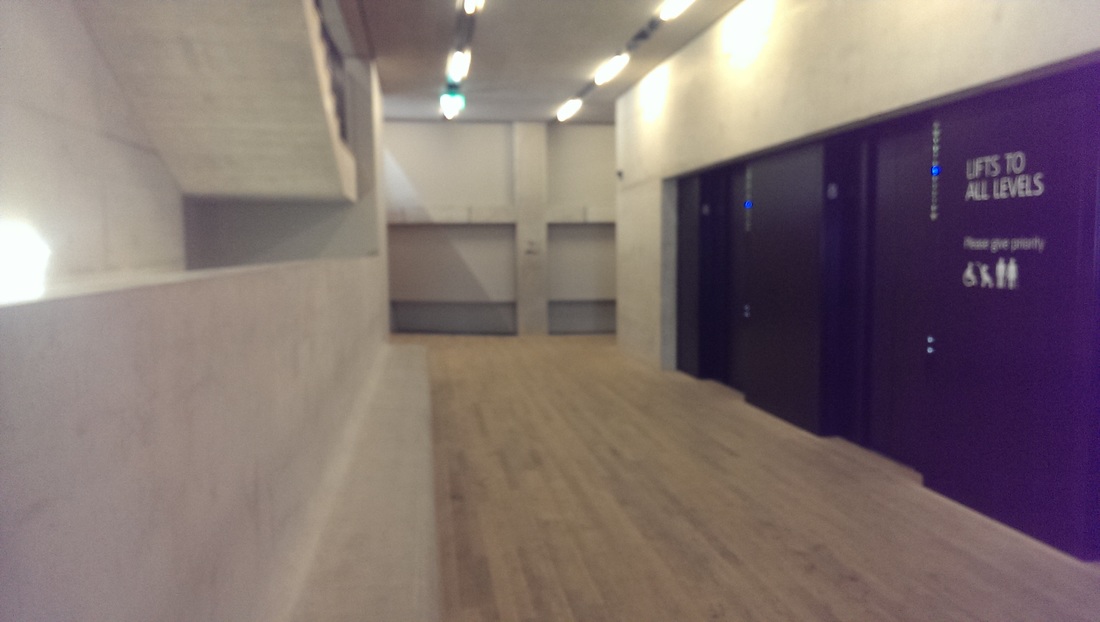
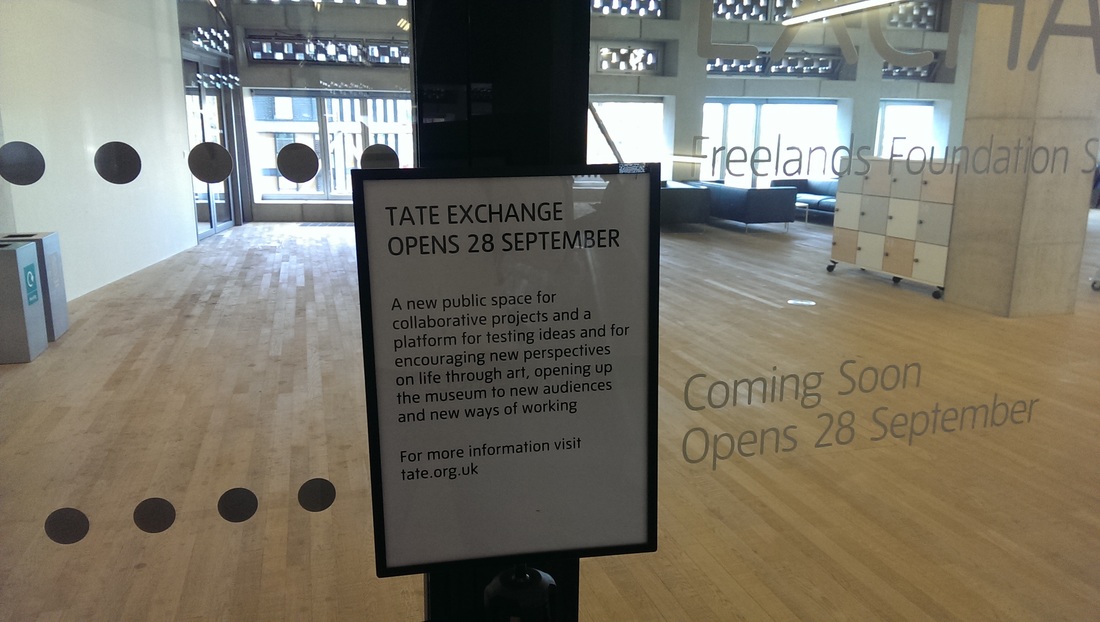



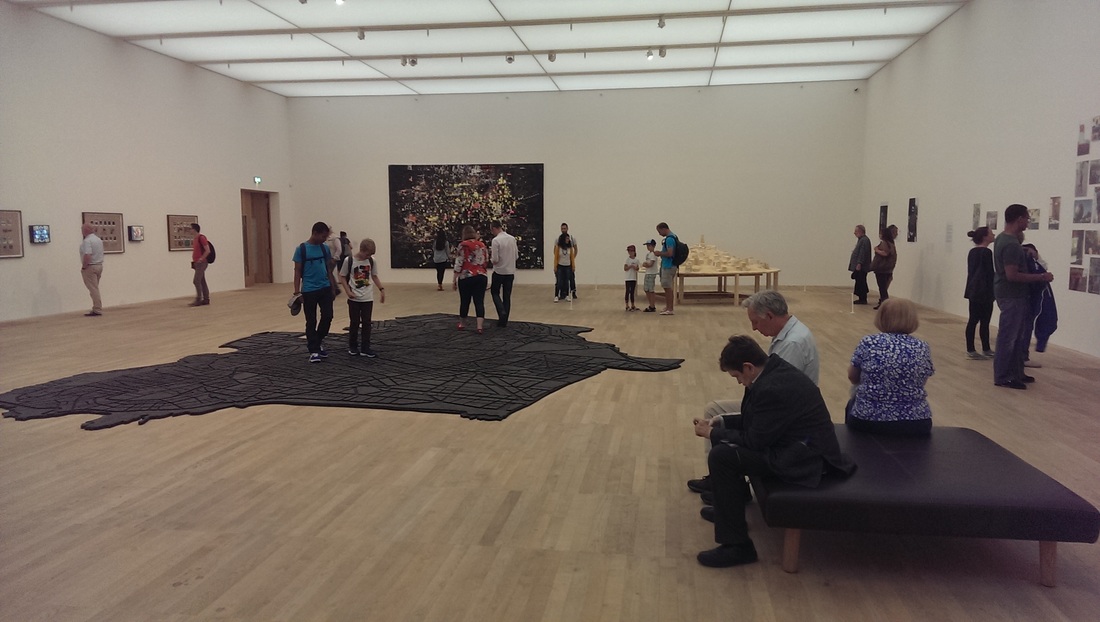







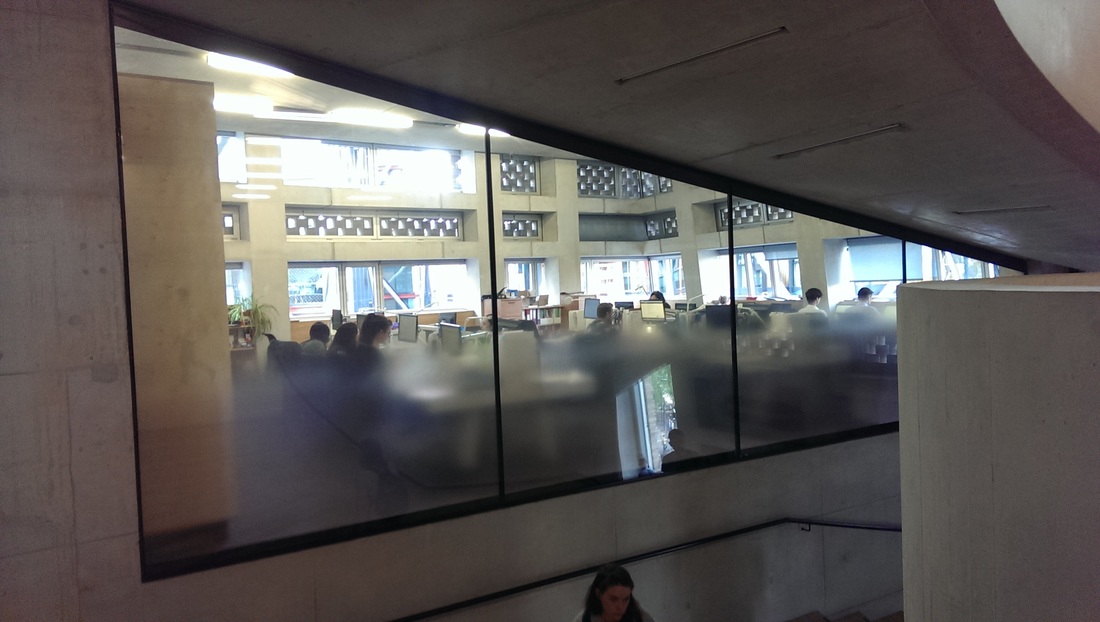
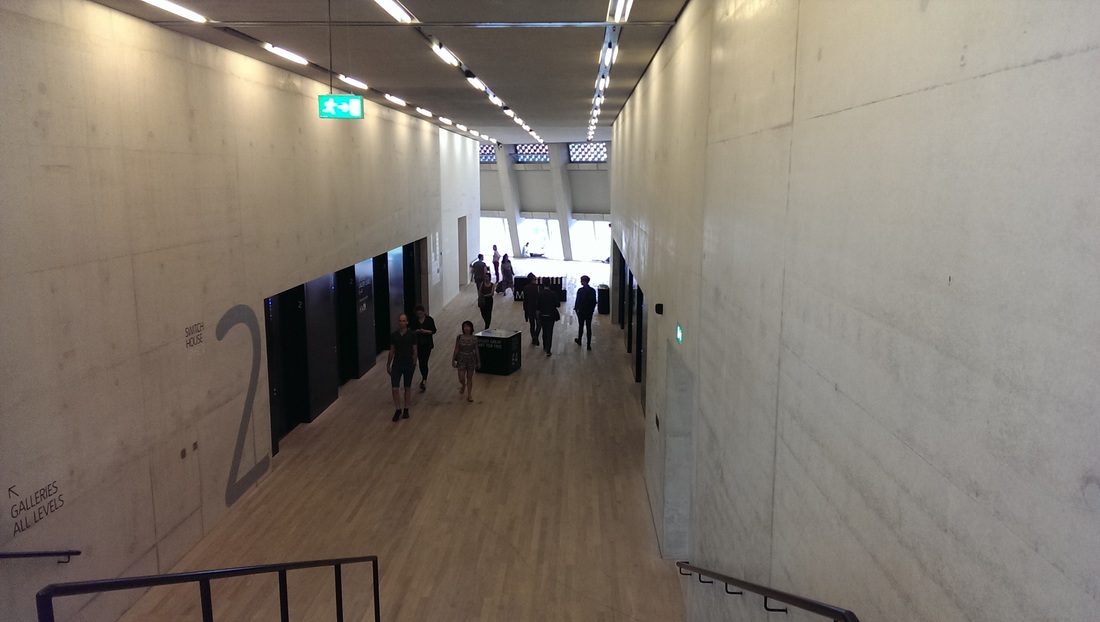
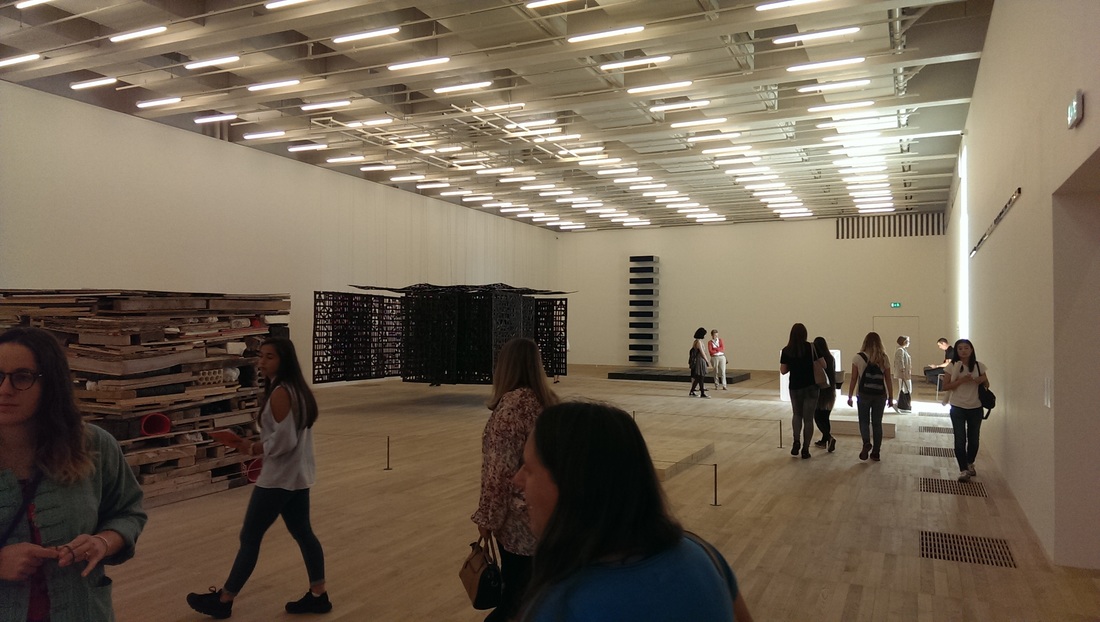
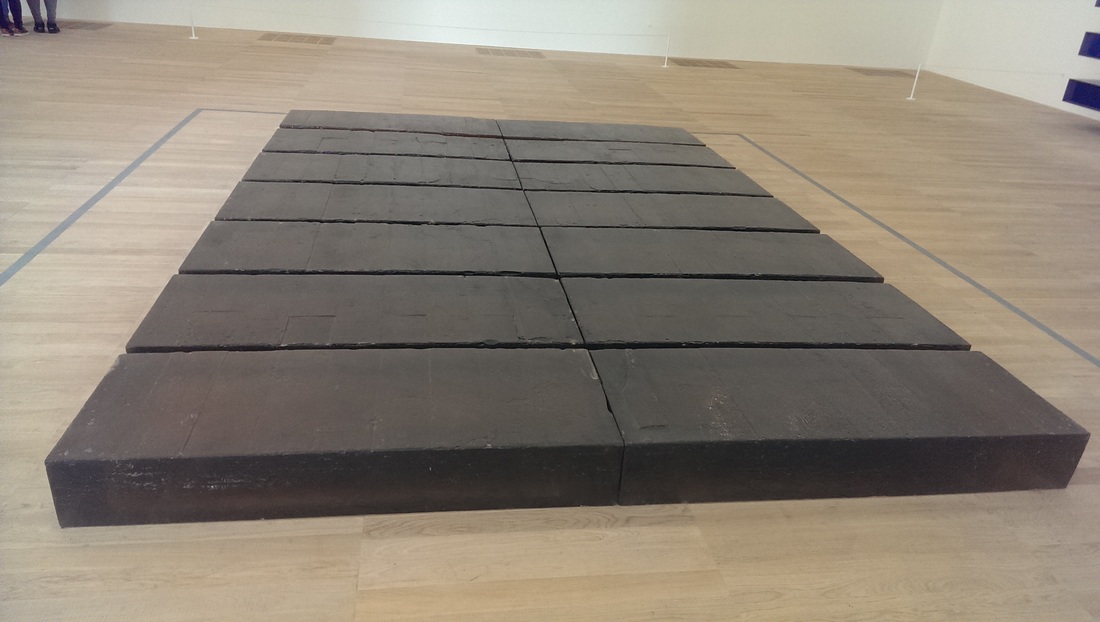

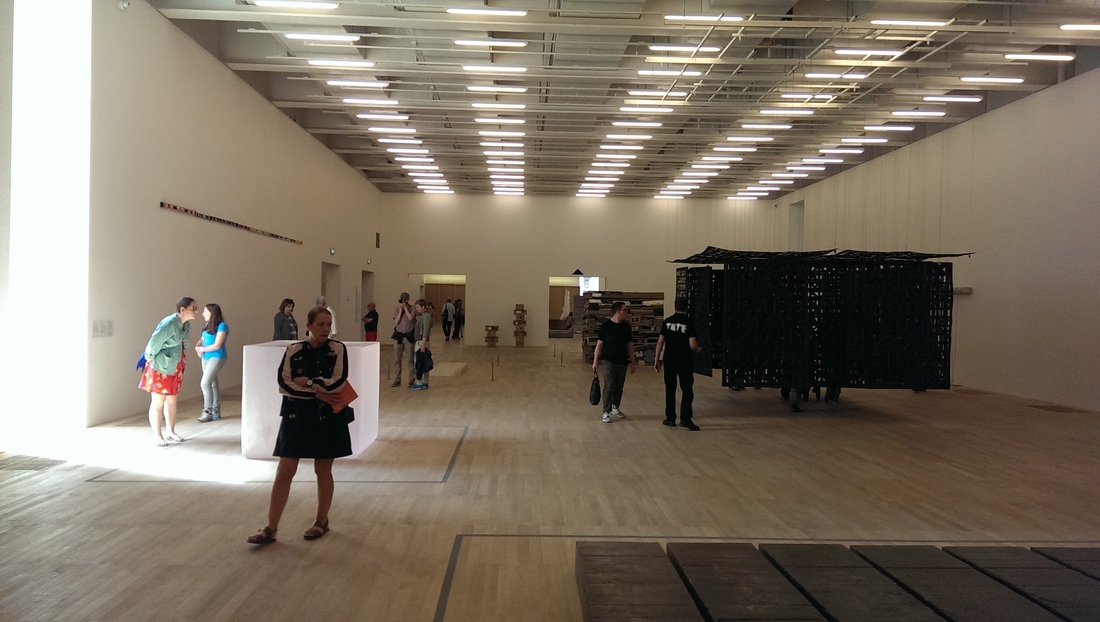


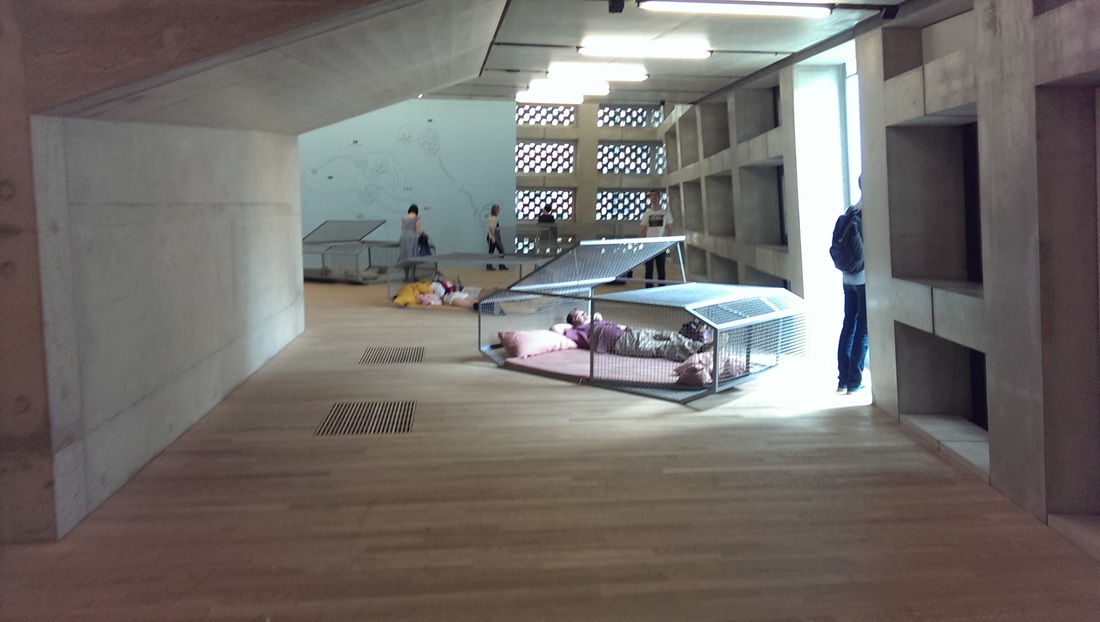


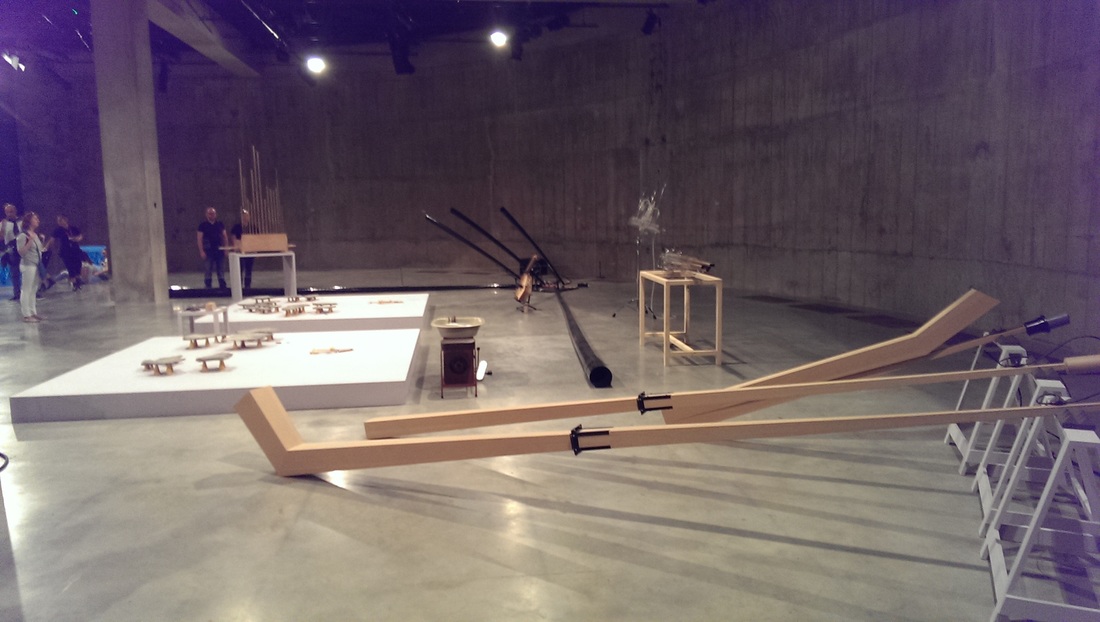
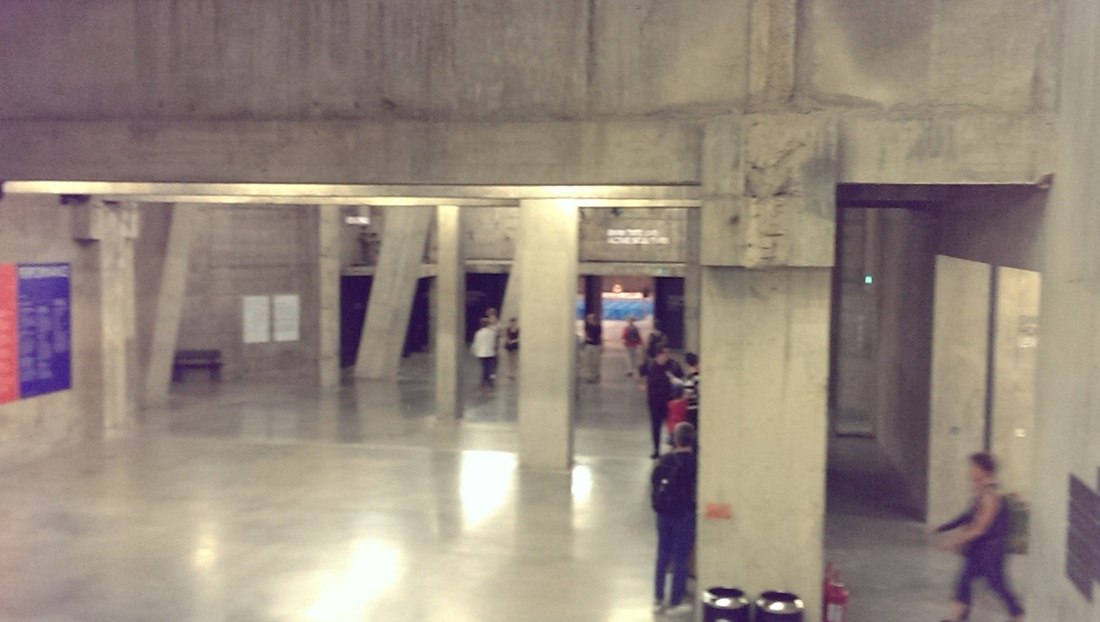
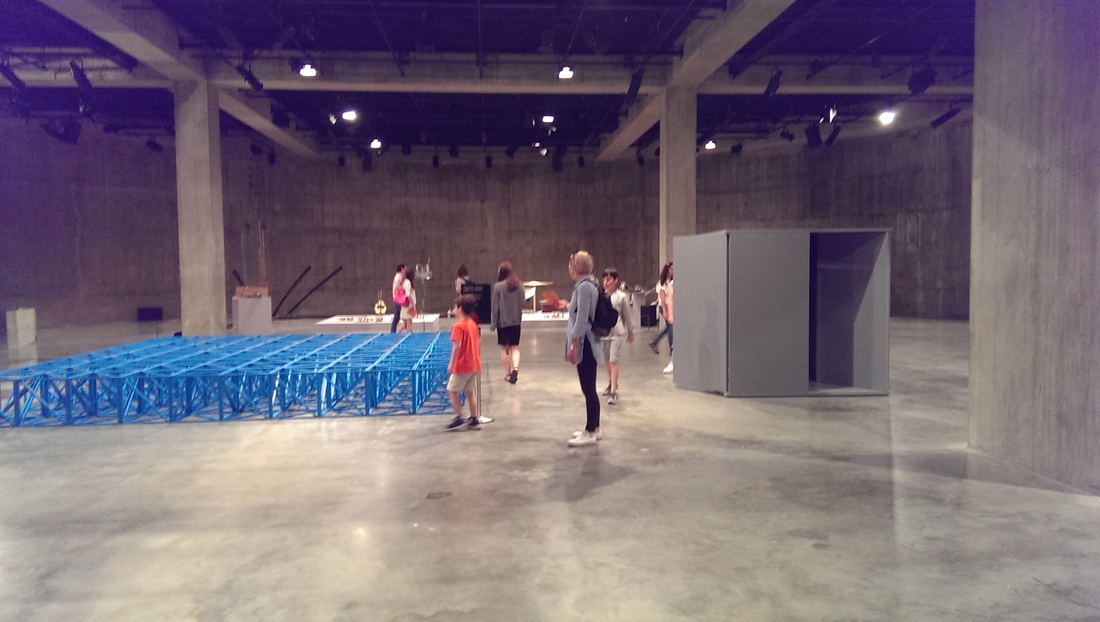

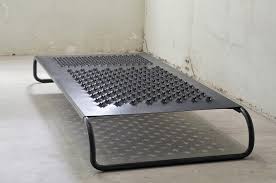
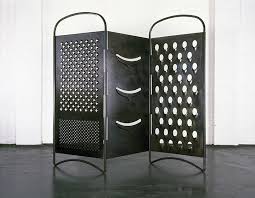

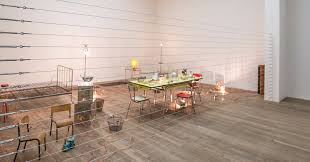

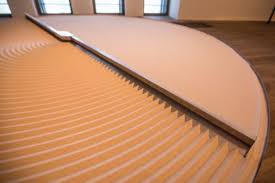
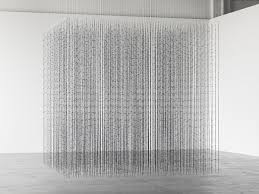
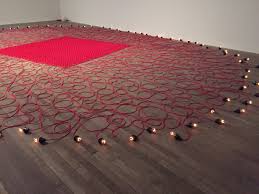

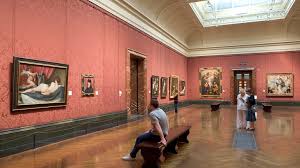
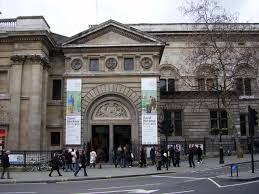
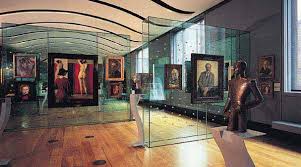


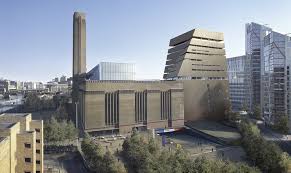
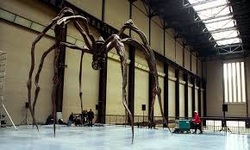
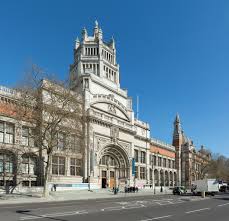

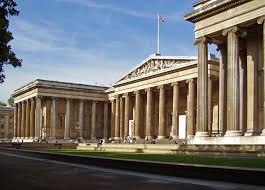

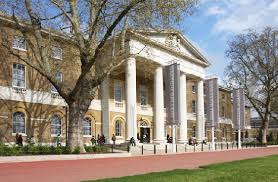
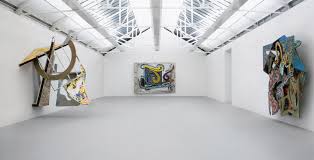
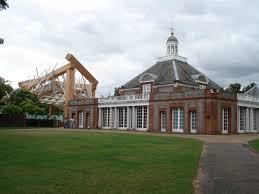


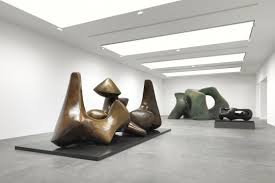
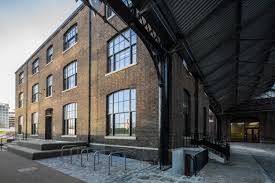
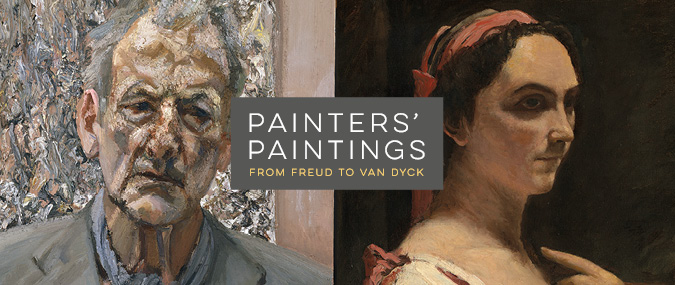


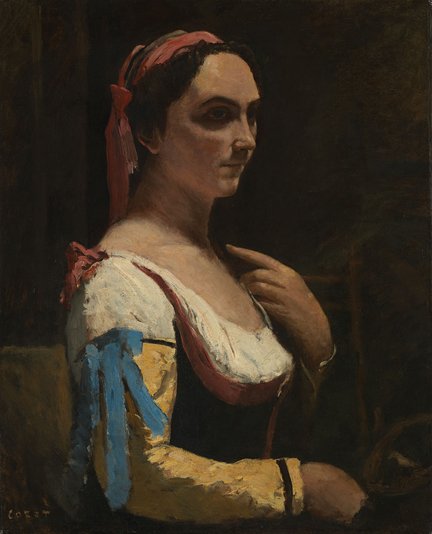

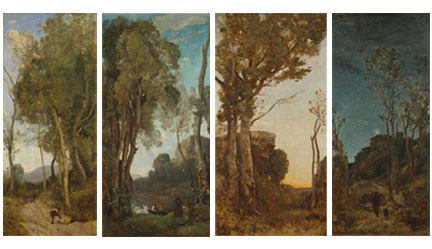

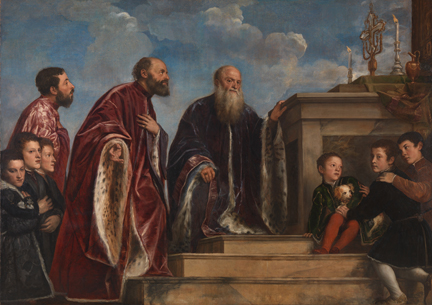

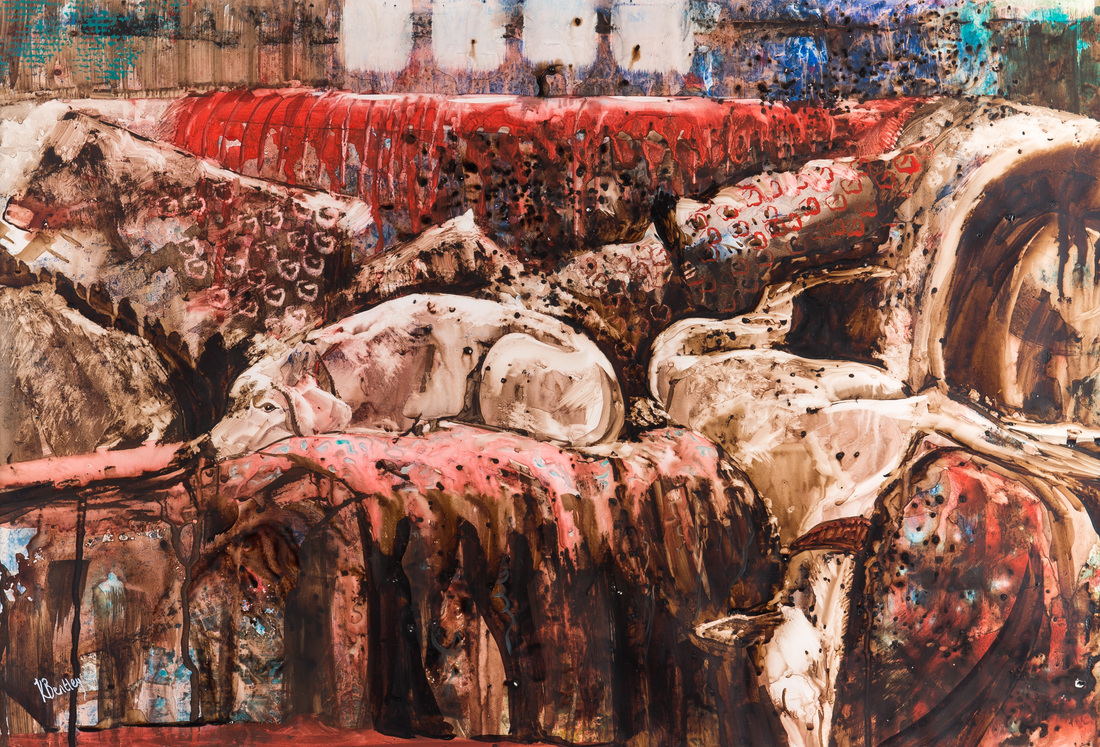
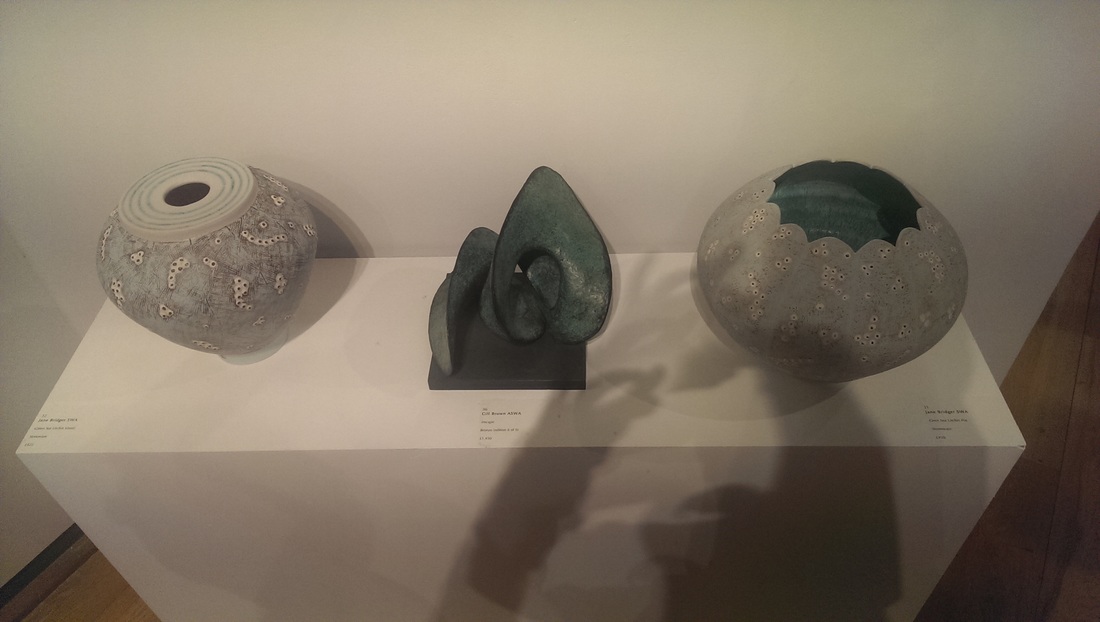
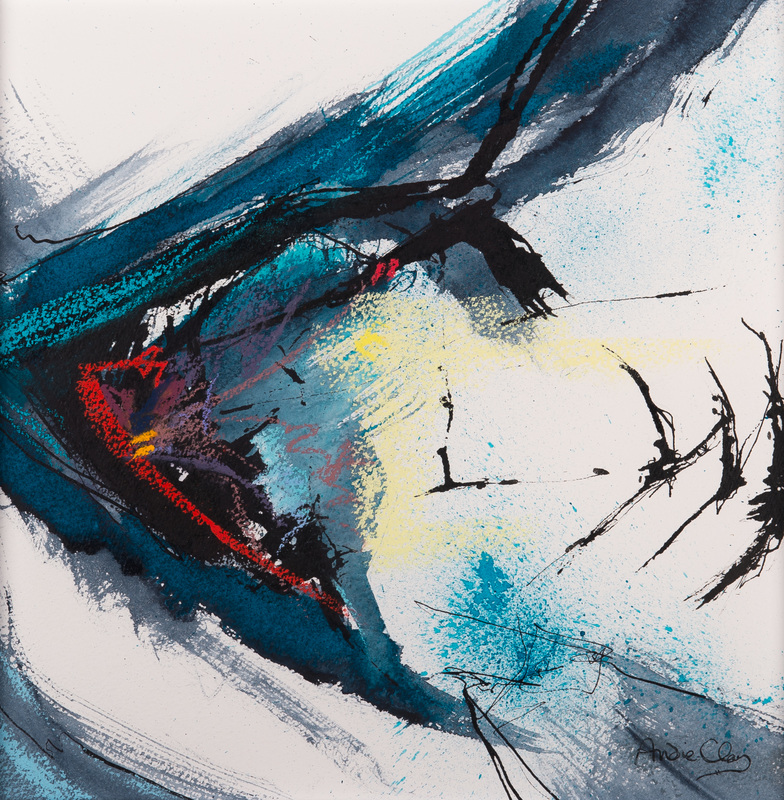



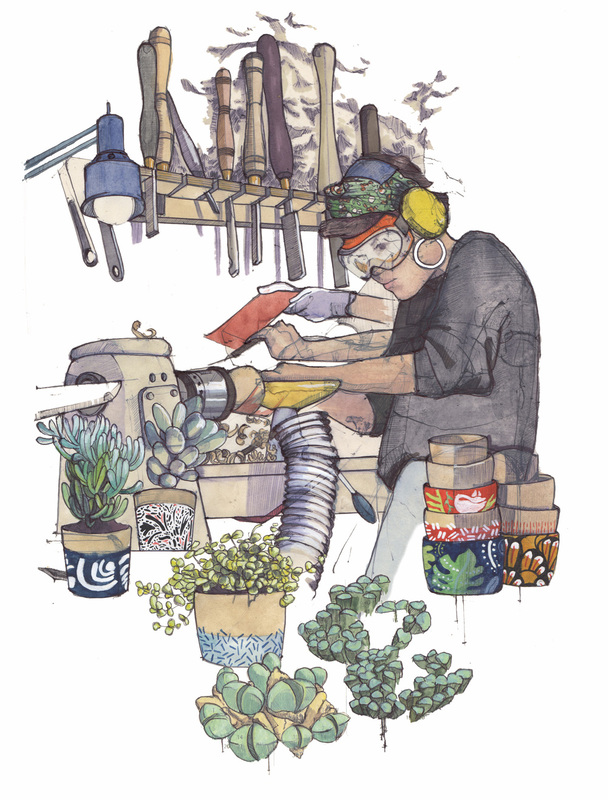


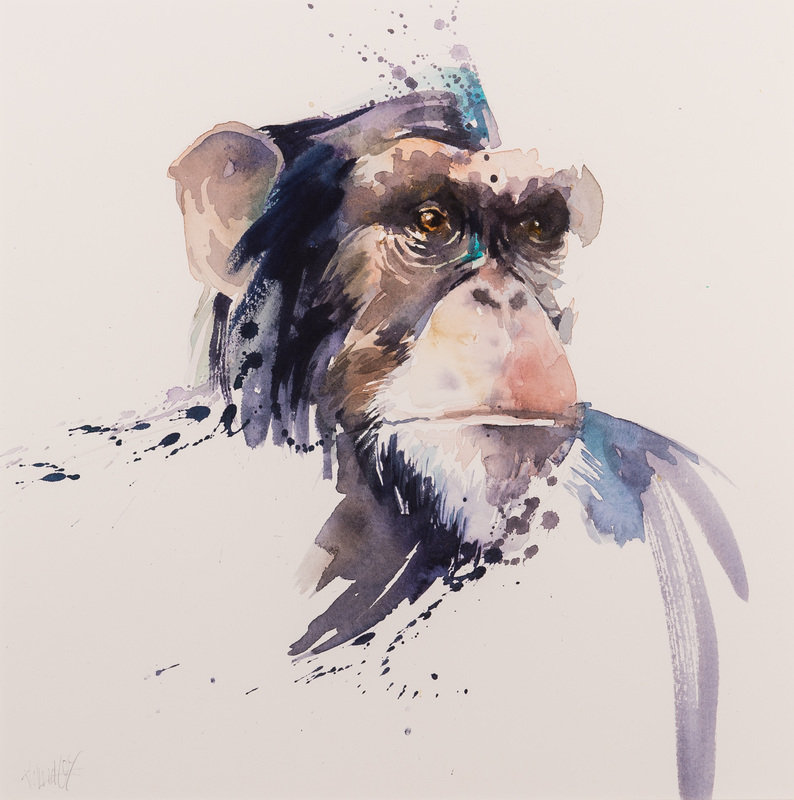
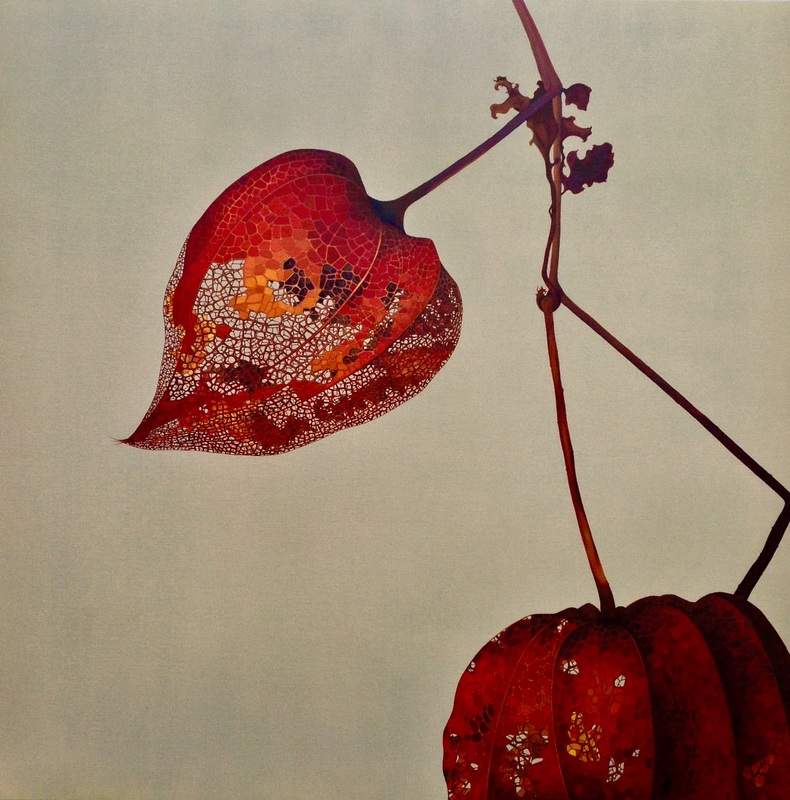
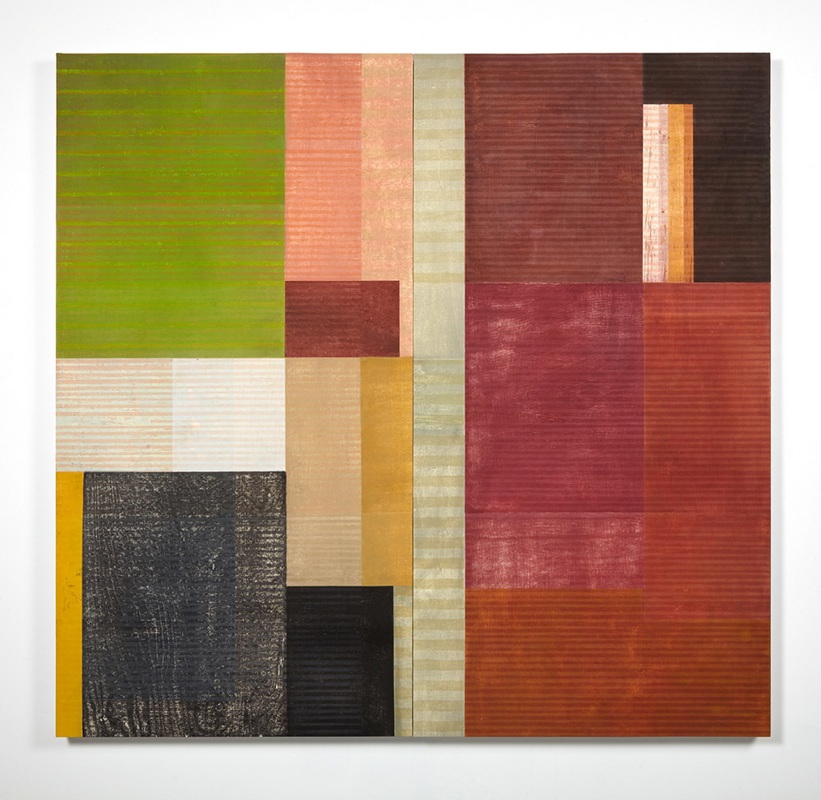
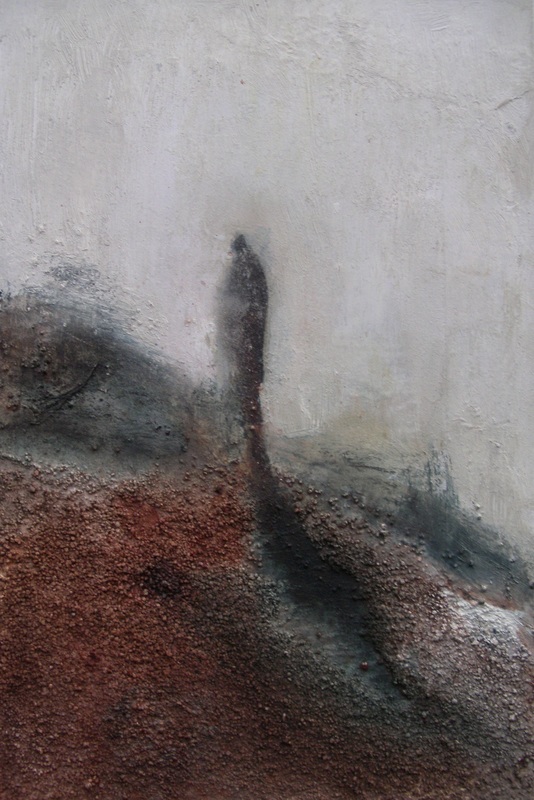

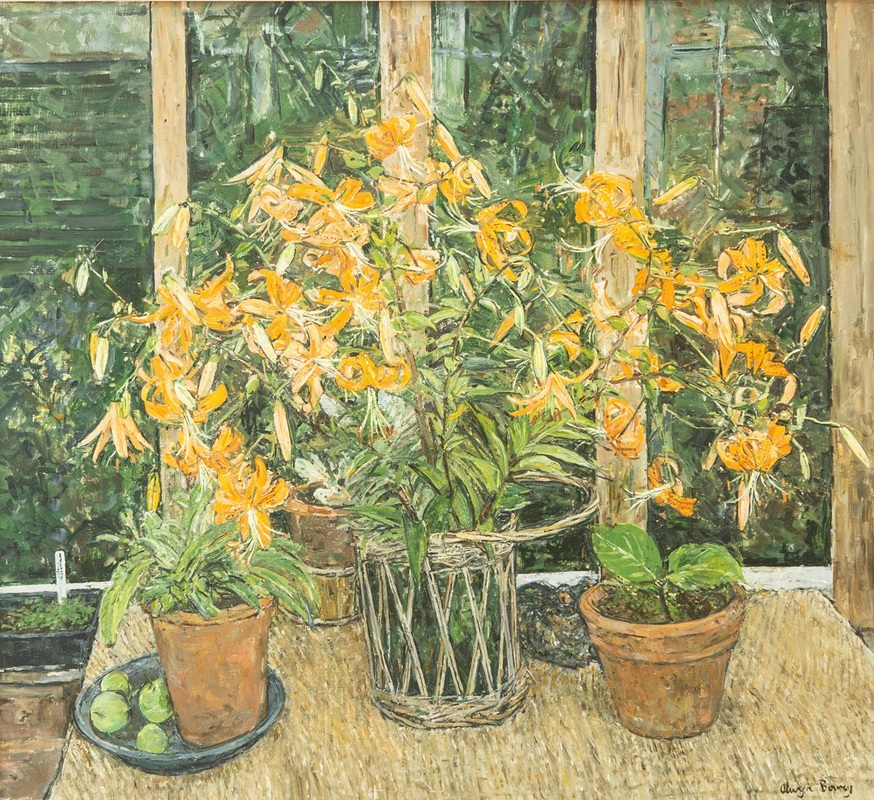
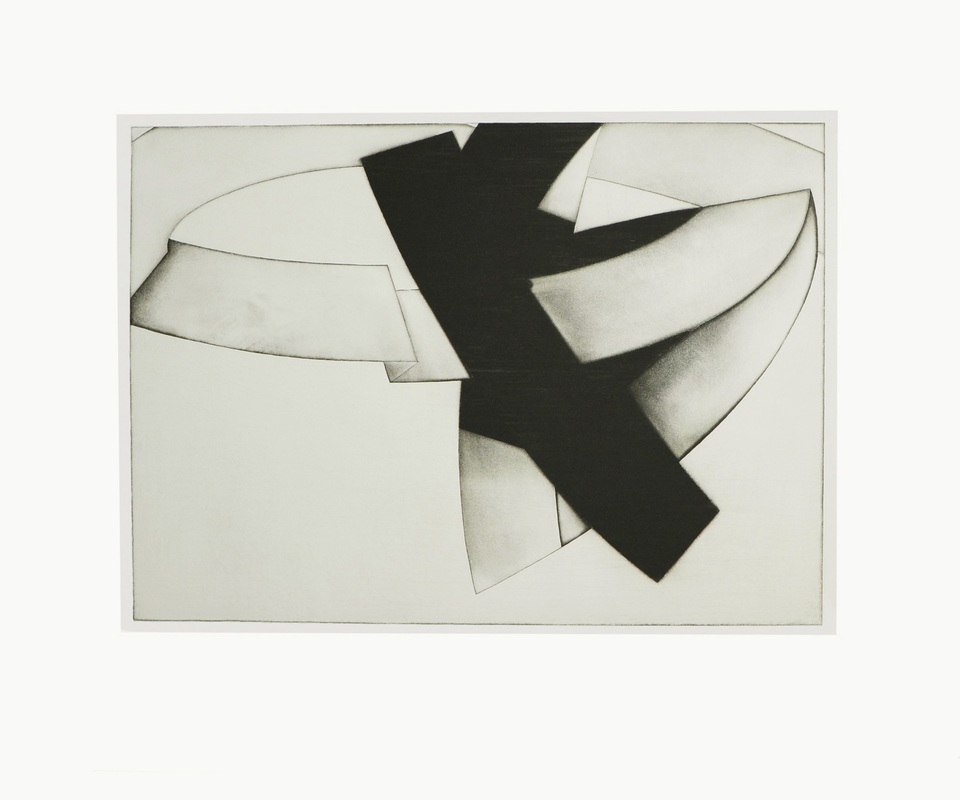

 RSS Feed
RSS Feed